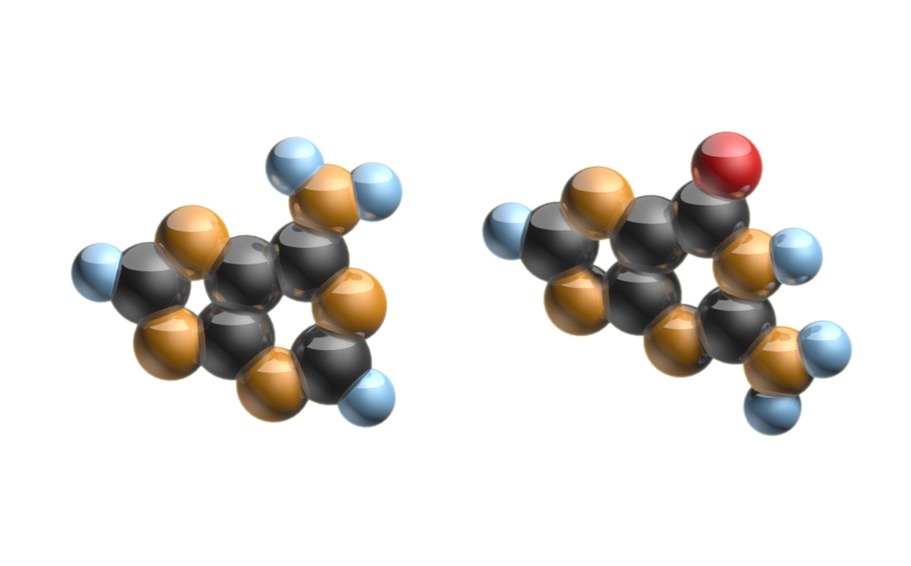
Background
A number of artificial oligonucleotides have been developed that stabilize duplexes by maximizing stacking interaction, by forming additional hydrogen bonds, or by minimizing electrostatic repulsion between DNA strands. The phenoxazine dC analogue or ?G-clamp? utilizing these effects was developed that is capable of bringing to complementary guanine with high affinity and specificity. Unfortunately, the nucleotides with comparable affinity towards purines are currently not known.
Technology
Researchers at Stony Brook University have developed novel purine nucleotide analogs bearing a polyaromatic moiety attached to the nucleobase via N2. The stabilizing effects of the purine analogues is comparable to G-clamp, yet the dA and dG analogs demonstrate only moderate sensitivity towards the DNA sequence context. The new purine analogs demonstrate increased mismatch discrimination, especially when the mismatched base in the opposite strand is adenine or guanine making them a useful tool for or creation of various DNA hybridization methods. The new nucleotide analogs can be incorporated into the oligonucleotides using standard phosphoramidite chemistry, and no modification of the synthetic protocol is necessary.
Advantages
Sequence independent High thermal stability Double helical conformation is preserved
Application
Research Tool Diagnostics
Inventors
Mark Lukin, Research Assistant Professor, Pharmacology
Licensing Potential
Seeking investment,Licensing,Development partner,Commercial partner
Licensing Status
Available for License. Stony Brook University seeks to develop and commercialize, by an exclusive or non-exclusive license agreement and/or sponsored research, with a company active in the area. _Header image source: Blausen.com staff (2014). â??Medical gallery of Blausen Medical 2014â?. WikiJournal of Medicine 1 (2). DOI:10.15347/wjm/2014.010. ISSN 2002-4436_ #8814
Licensing Contact
Valery Matthys, Licensing Associate, Intellectual Property Partners, valery.matthys@stonybrook.edu,
Patent Status
Patent application submitted
Research Provisional filed
Tech Id
8814
